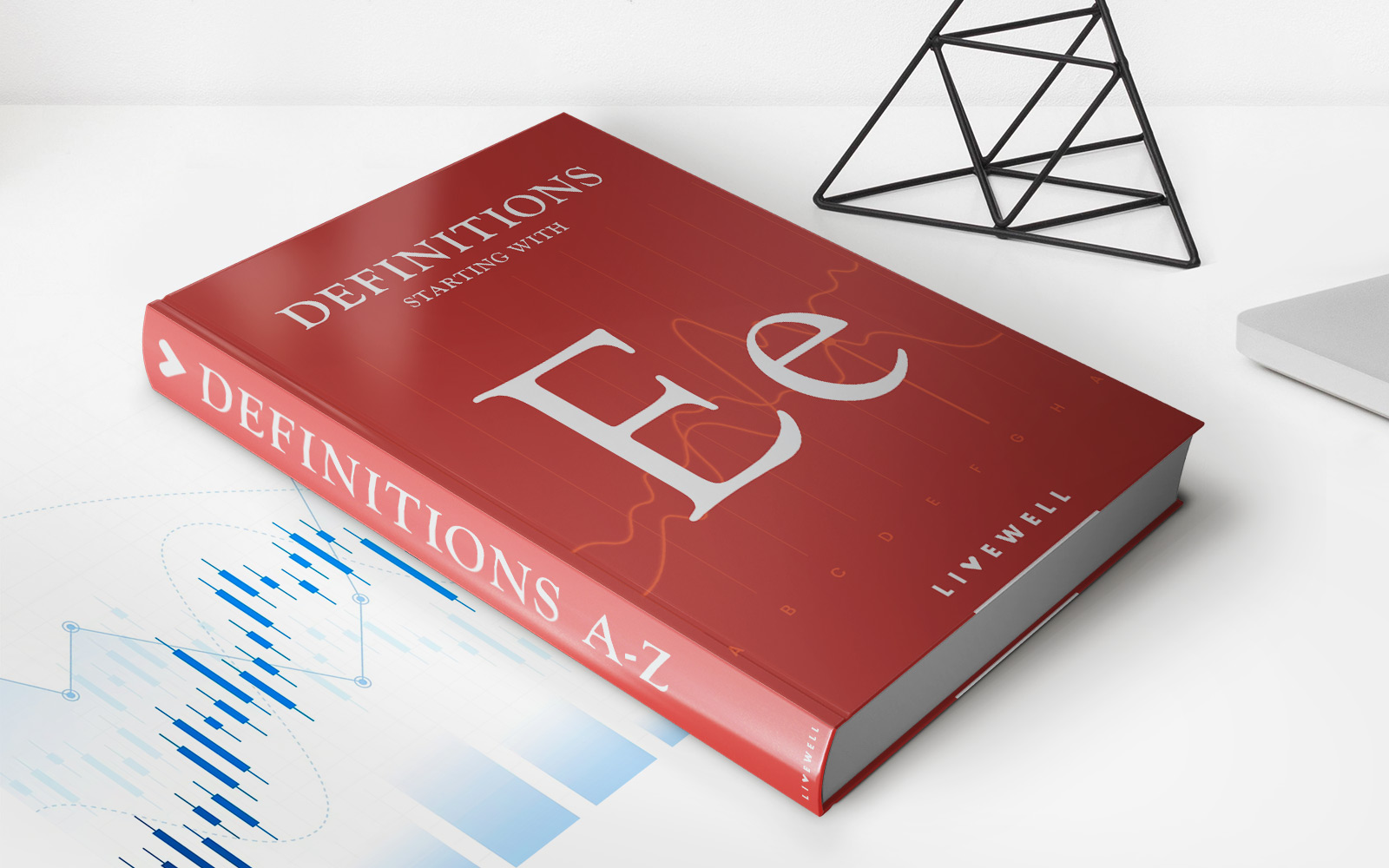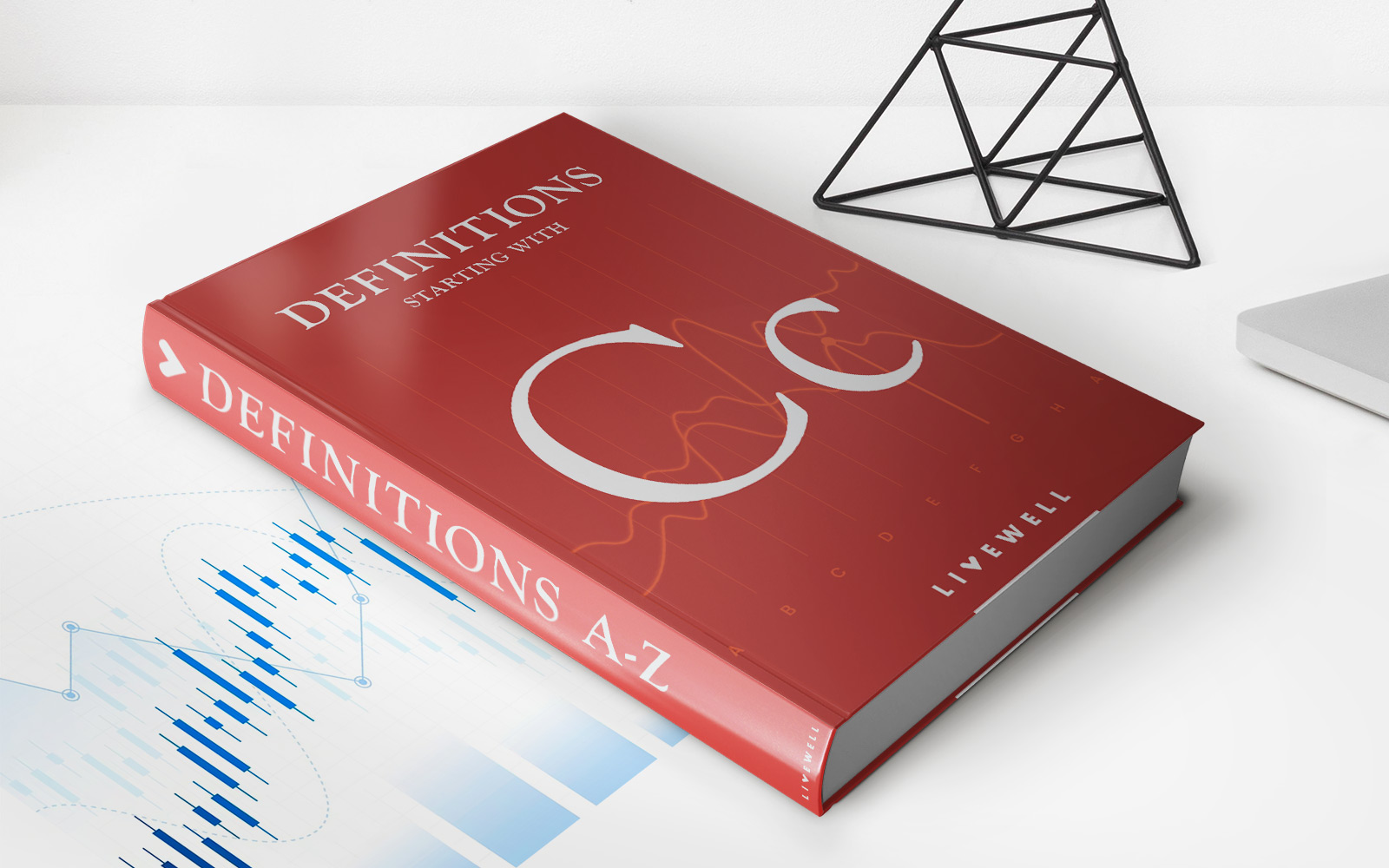

Finance
How To Calculate Credit Utilization
Published: March 5, 2024
Learn how to calculate credit utilization to manage your finances effectively. Understand the impact of credit utilization on your financial health.
(Many of the links in this article redirect to a specific reviewed product. Your purchase of these products through affiliate links helps to generate commission for LiveWell, at no extra cost. Learn more)
Table of Contents
**
Introduction
**
Understanding the intricacies of credit utilization is crucial for maintaining a healthy financial profile. This fundamental aspect of personal finance plays a pivotal role in determining an individual's credit score and overall financial well-being. By comprehending the significance and mechanics of credit utilization, individuals can make informed decisions to optimize their credit standing and pave the way for future financial success.
Credit utilization, often referred to as the credit utilization ratio, is a fundamental metric used by credit scoring models to assess an individual's creditworthiness. It represents the percentage of available credit that a borrower is currently using. This metric holds substantial weight in credit scoring algorithms and can significantly impact an individual's credit score.
Understanding the impact of credit utilization involves delving into the interconnected nature of credit and financial stability. By managing and optimizing credit utilization, individuals can position themselves for favorable lending terms, including lower interest rates and increased access to credit. This introductory guide aims to demystify credit utilization, elucidate its importance, and provide actionable insights for effectively managing this critical aspect of personal finance.
What is Credit Utilization?
Credit utilization, a cornerstone of credit scoring, denotes the proportion of available credit that an individual is currently using. This metric is expressed as a percentage and holds considerable sway in determining an individual’s creditworthiness. Lenders and credit scoring models scrutinize credit utilization to gauge an individual’s financial responsibility and ability to manage credit effectively.
Calculating credit utilization involves assessing the total amount of credit currently in use and comparing it to the total available credit across all accounts. For instance, if a person has a total credit limit of $10,000 and is utilizing $3,000, their credit utilization ratio stands at 30%.
It is important to note that credit utilization is not only evaluated on an aggregate level but also on a per-account basis. Lenders consider both the overall credit utilization across all accounts and the utilization of each individual credit line. Maintaining a low credit utilization ratio, both collectively and on individual accounts, is indicative of prudent financial behavior and can positively influence credit scores.
High credit utilization, wherein a significant portion of available credit is utilized, can raise red flags for lenders and credit scoring models. This scenario may signal financial strain or an increased likelihood of default, potentially leading to a negative impact on credit scores. Conversely, low credit utilization reflects responsible credit management and can bolster credit scores, positioning individuals for more favorable lending terms and financial opportunities.
While there is no universal threshold for an ideal credit utilization ratio, a commonly recommended benchmark is to keep it below 30%. Maintaining a ratio below this threshold demonstrates disciplined credit management and can contribute to a positive credit profile.
Why is Credit Utilization Important?
Credit utilization holds significant importance in the realm of personal finance due to its direct impact on credit scores and overall financial well-being. This metric serves as a pivotal indicator of an individual’s ability to manage credit responsibly and can profoundly influence lending decisions and access to financial opportunities.
One of the primary reasons credit utilization is crucial is its substantial influence on credit scores. Most credit scoring models, including the widely used FICO and VantageScore systems, consider credit utilization as a key factor in calculating credit scores. A high credit utilization ratio can adversely affect credit scores, potentially leading to diminished borrowing power and less favorable terms for loans and credit products.
Furthermore, credit utilization plays a critical role in shaping perceptions of financial stability and responsibility among lenders and financial institutions. A low credit utilization ratio signifies prudent credit management and financial discipline, positioning individuals as less risky borrowers. This, in turn, can result in more favorable interest rates, higher credit limits, and increased access to financial products and services.
Understanding the importance of credit utilization is paramount for individuals seeking to build and maintain a healthy credit profile. By managing credit utilization effectively, individuals can proactively enhance their credit scores, thereby opening doors to better financial opportunities and improved financial well-being.
How to Calculate Credit Utilization
Calculating credit utilization involves a straightforward yet crucial process that empowers individuals to gauge their financial standing and make informed decisions to manage their credit effectively. The following steps outline the process of calculating credit utilization:
- Determine Total Outstanding Balances: Start by identifying the total outstanding balances across all credit accounts. This encompasses credit card balances, outstanding loan amounts, and any other forms of credit utilization.
- Sum Total Credit Limits: Next, sum the total credit limits of all active credit accounts. This includes the credit limits of credit cards, lines of credit, and other revolving credit facilities.
- Divide Balances by Credit Limits: Divide the total outstanding balances by the sum of the credit limits. This calculation yields the overall credit utilization ratio, expressed as a percentage.
For example, if an individual has a total outstanding balance of $3,000 across all credit accounts and a combined credit limit of $10,000, the credit utilization ratio would be 30% (3,000 / 10,000 = 0.30, or 30%).
It is important to note that monitoring credit utilization on a per-account basis is equally crucial. Individuals should assess the utilization of each credit account to ensure that no single account carries an excessively high balance relative to its credit limit. Maintaining a low utilization ratio on individual accounts contributes to a positive overall credit profile.
Regularly calculating and monitoring credit utilization empowers individuals to stay abreast of their financial standing and take proactive measures to manage their credit responsibly. By understanding and leveraging credit utilization, individuals can optimize their credit scores and bolster their financial well-being.
Tips for Managing Credit Utilization
Effectively managing credit utilization is pivotal for maintaining a healthy credit profile and optimizing financial opportunities. Implementing the following tips can help individuals proactively manage their credit utilization and enhance their overall financial well-being:
- Regular Monitoring: Consistently monitor credit utilization across all credit accounts to stay informed about the proportion of available credit being utilized. Regular monitoring enables individuals to identify any significant changes in utilization and take timely corrective actions.
- Strategic Credit Card Usage: Be mindful of credit card usage to keep credit utilization in check. Aim to use credit cards judiciously and avoid maxing out card limits, as this can significantly impact credit utilization ratios.
- Increase Credit Limits: Requesting an increase in credit limits across credit accounts can effectively lower credit utilization ratios, provided that the spending behavior remains disciplined. Higher credit limits can reduce the relative impact of outstanding balances on credit utilization.
- Pay Down Balances: Actively work towards paying down outstanding balances to decrease credit utilization. Prioritize paying off high-interest debts and strive to maintain lower balances relative to credit limits to optimize credit utilization ratios.
- Diversify Credit Lines: Diversifying credit lines, such as having a mix of credit cards and installment loans, can positively impact credit utilization. A balanced credit portfolio can contribute to a favorable credit profile.
- Avoid Closing Unused Accounts: Closing unused credit accounts can reduce the total available credit, potentially leading to higher credit utilization ratios. Instead, consider keeping these accounts open to maintain a lower overall utilization percentage.
By implementing these strategies, individuals can actively manage their credit utilization, improve their credit scores, and position themselves for better financial opportunities and lending terms.
Conclusion
Understanding credit utilization is an essential component of navigating the intricacies of personal finance and maintaining a robust credit profile. The impact of credit utilization on credit scores and lending decisions underscores its significance in the financial landscape. By comprehending the mechanics of credit utilization and employing effective strategies to manage it, individuals can proactively shape their financial well-being and access a myriad of opportunities.
From calculating credit utilization ratios to implementing prudent credit management practices, individuals hold the power to influence their credit profiles positively. Regular monitoring, strategic credit card usage, and responsible debt repayment are pivotal in optimizing credit utilization and fortifying credit scores.
By adhering to the recommended tips and best practices, individuals can navigate the realm of credit utilization with confidence, empowering themselves to make informed financial decisions and secure favorable lending terms. Ultimately, the conscientious management of credit utilization lays the groundwork for a solid financial foundation, enabling individuals to pursue their aspirations and achieve long-term financial success.
Embracing a proactive approach to credit utilization not only enhances creditworthiness but also fosters financial resilience and opens doors to a spectrum of opportunities. By recognizing the importance of credit utilization and taking deliberate steps to manage it effectively, individuals can chart a course towards a brighter financial future.














